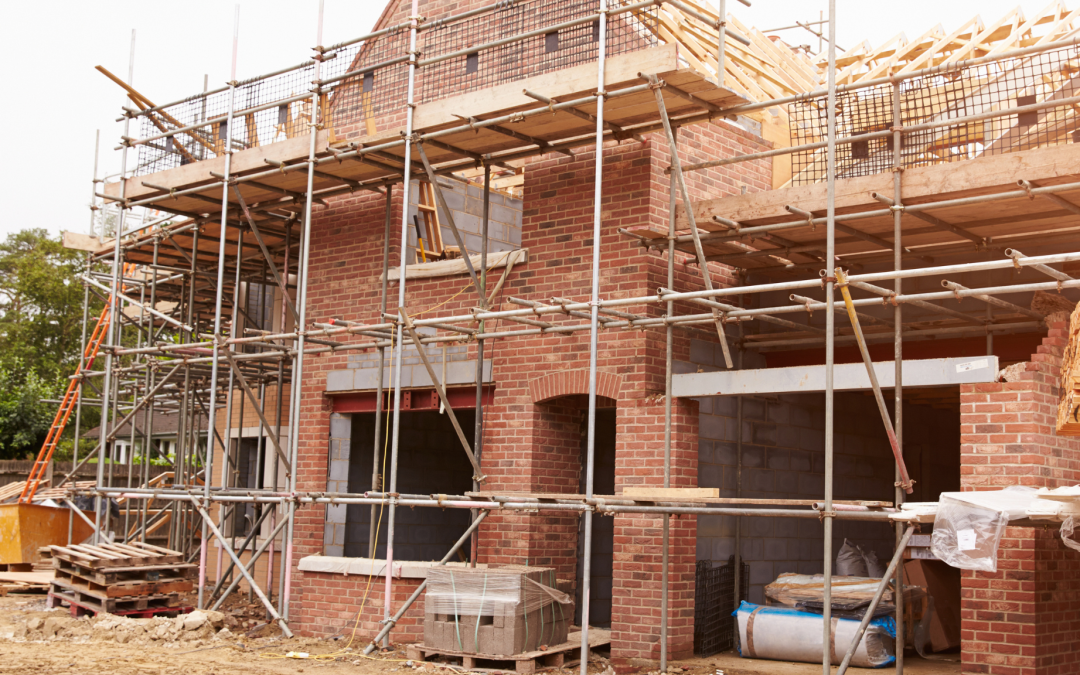Smart Ways to Add More Square Footage to Your Home
If you’re running out of room or simply want to enhance your living environment, adding square footage to your home can be a practical and rewarding solution. Whether you’re accommodating a growing family, creating a home office, or upgrading for comfort, expanding your living space can improve both your lifestyle and your home’s resale value.
1. Assess Your Needs First
Start by defining why you need more space. Are you building a home office, adding a guest room, or creating a new playroom for the kids? Clarifying the purpose of the expansion will guide design choices, floor plans, and overall functionality.
2. Set a Clear and Realistic Budget
Expansion projects can vary widely in cost. Factor in construction, permits, materials, labor, and potential design fees. Don’t forget to include a buffer for unexpected costs—because surprises during construction are common.
3. Pick the Best Type of Home Expansion
There are several ways to increase your home’s size, including:
- Room Addition: Add an entirely new bedroom, bathroom, or sunroom.
- Bump-Out: Extend a current room like the kitchen or bath for extra space without a full addition.
- Basement Conversion: Turn unfinished basements into livable areas like gyms, family rooms, or rental units.
- Second-Story Addition: Build vertically to add new bedrooms, bathrooms, or an entire living space if lot size is limited.
4. Understand Zoning Laws and Permits
Before breaking ground, check your city or county’s building codes. These laws regulate how much and where you can build. Permits are typically required for structural changes, plumbing, and electrical work—so make sure to file the proper documents.
5. Work with Professionals
Hiring an experienced architect, contractor, or design-build team ensures your project runs smoothly and complies with all regulations. They’ll help you design efficient layouts, select suitable materials, and prevent costly mistakes.
6. Maximize the Space You Add
Think beyond square footage. Use open-concept layouts, built-in shelves, and multifunctional furniture to make every inch count. Smart space planning increases both usability and comfort.
7. Let in More Natural Light
New space should feel bright and airy. Consider adding large windows, skylights, or sliding doors to flood the area with natural light and make the space feel even bigger. It’s energy-efficient and mood-boosting too.
8. Use Durable, High-Quality Materials
Cutting corners on materials might save money short-term, but investing in durable, high-quality options ensures your new addition lasts for decades and boosts home value.
9. Expect Some Temporary Disruption
Home additions usually come with some level of disruption—especially if you’re living on-site during construction. Plan for noise, dust, and changes in daily routines, and communicate frequently with your contractor.
10. Think Long-Term
When planning, think about how your home needs may evolve. Will this new space still be useful in five or ten years? Will it enhance resale value? Making future-forward decisions ensures your investment pays off in the long run.
Ready to Add More Living Space?
With thoughtful planning, a realistic budget, and a skilled team, adding square footage to your home can be a smooth and rewarding experience. Not only will you enjoy a more spacious living environment, but you’ll also be investing in your property’s long-term value.
AWP Home Inspections provides buyer’s home inspections in West Central and Central Indiana. Contact us to request our services.

